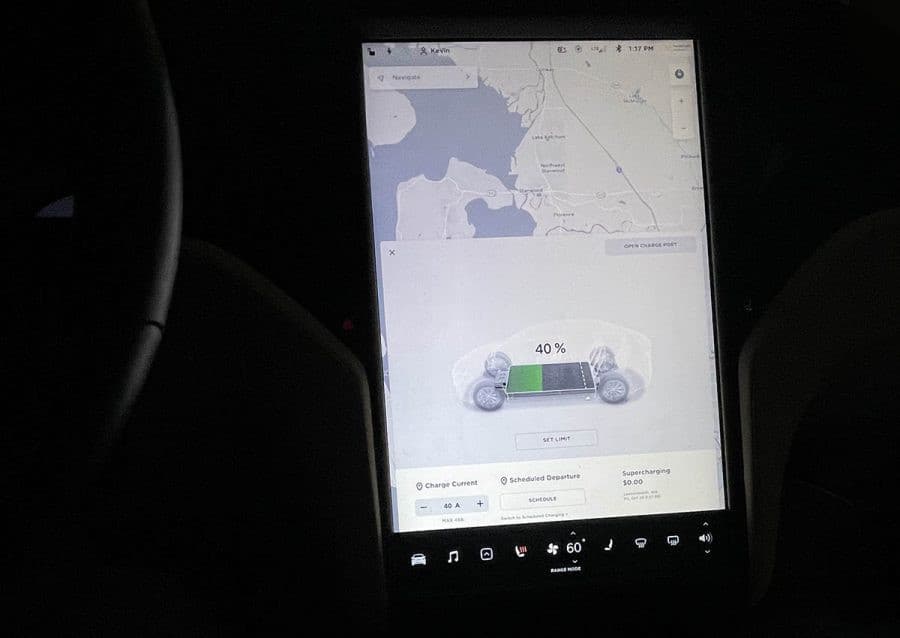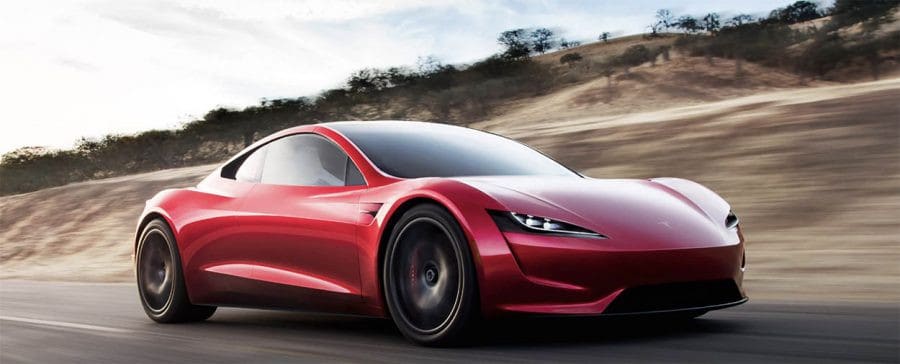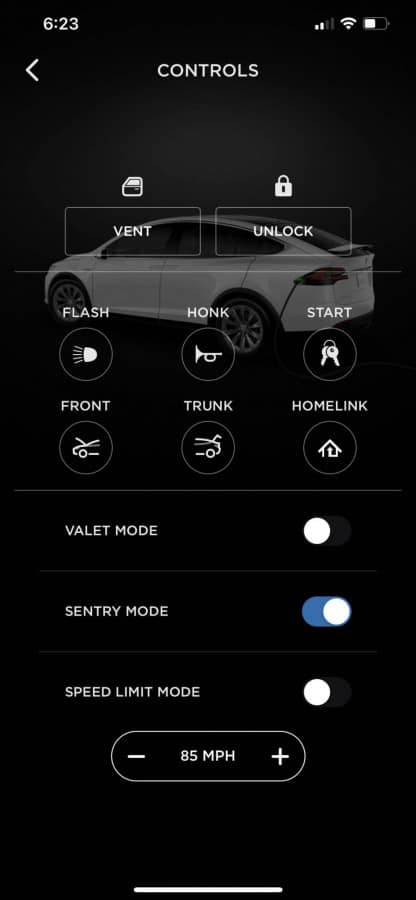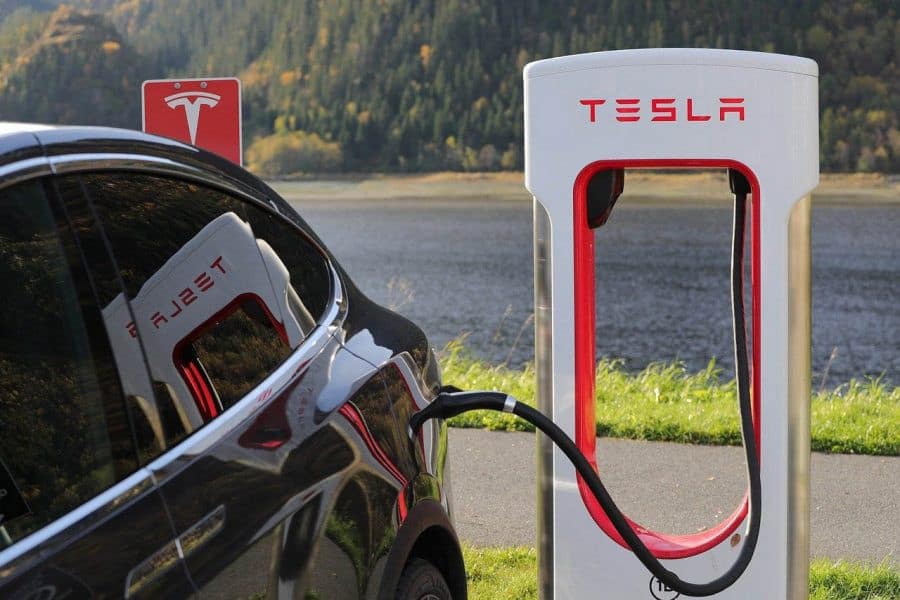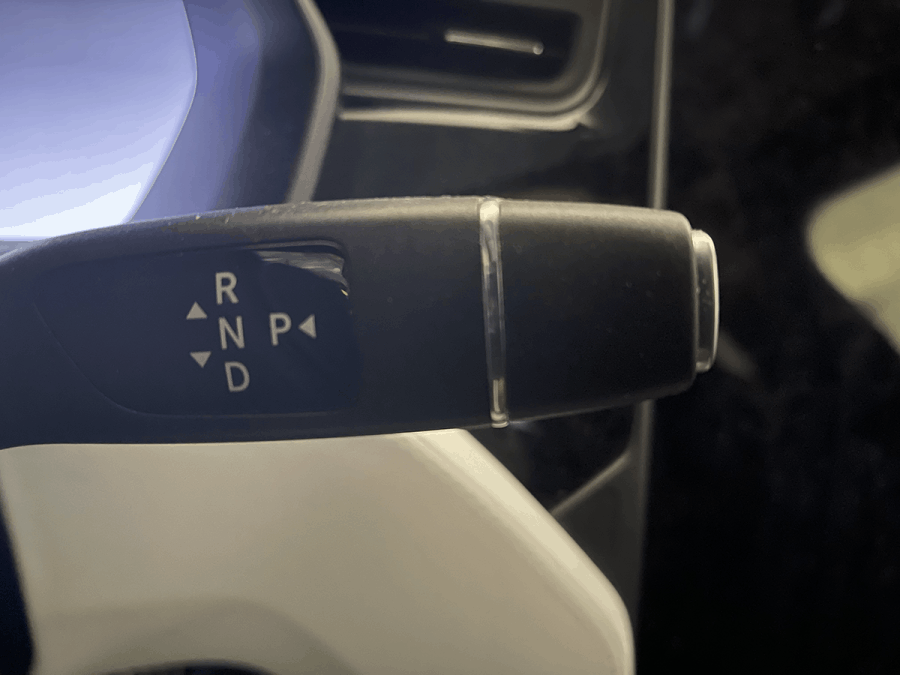How Long and How Much to Charge a Tesla
Tesla has long been known as the best of the best in electric car design. Their cars are stylish and come equipped with every innovation Tesla can pack into them. However, how do Tesla’s electric vehicles stack up from a practical standpoint? Does the charging length and capacity of a Tesla speak to their stellar reputation? The length of time it takes to charge a Tesla depends on three factors: the charging system, the battery capacity, and the onboard charger. While knowing the time needed for a charge is essential for planning purposes, you cannot overcharge your Tesla due to the car’s monitoring features. It is typically recommended to charge your Tesla between 50-80% charge, depending on your daily driving needs. Charging to 100% frequently can prematurely degrade your battery. With three factors impacting charging time, it is quite the math problem to figure out how long it takes to charge your Tesla, and although you cannot overcharge your Tesla, you can reduce the battery life with certain charging practices. Do not get stressed yet! We have researched for you. Keep reading for everything you need to know about charging a Tesla! The Basics of Charging a Tesla Before we can start looking at the specifics of charging a Tesla, it will be helpful to cover exactly what happens when you charge an electric vehicle. When we fuel a gasoline-powered vehicle, we think of distance in miles per gallon. This many gallons will get me this far. Electric vehicle’s fuel capacity is in kilowatts per hour (kWh). The car stores so many kWh in its battery, which you use up as you drive. The distance you can go on 1 kWh depends on the car, your driving, and the terrain. When you charge an electric vehicle, the charger ability is measured in kilowatts of energy, but the battery storage within the car is in kilowatts per hour, so what is happening? Kilowatts is the speed of energy flow, while kilowatt-hours is the amount of energy stored. A charging unit has a kilowatt rating, which tells you how fast it can transfer kW to your Tesla, while the Tesla itself has a kilowatt per hour storage, which tells you how much energy your Tesla can hold. Thus charging time is determined by how fast the energy is flowing (kW) and how energy your Tesla can hold (kWh). Sounds simple enough, right? Higher kW means faster-charging speed, and higher kWh means more time needed to fill the battery and a longer-lasting charge. Now that we understand the basic principle let’s look at the specifics that change charge time. The Onboard Charger Most electrical outlets from which we get electricity use AC (alternating current). However, batteries, such as the one in your Tesla, use DC (direct current). This means that your Tesla must have a system to convert the AC into DC that can be stored in the battery. This system is called the onboard charger. The onboard charger has its own restrictions on how fast it can convert energy. Teslas come with either an 11.5 kW (48 amp) or a 7.7kW (32 amp) onboard charger. If you plug your Tesla into an AC outlet, then, no matter what the outlet’s power, it cannot charge at a faster rate than the onboard charger will allow, 11.5kW or 7.7kW depending on the Tesla. It can, however, charge at a slower rate. The amp ratings on the onboard charger represent the max the system can handle. The kW ratings given are based on charging your Tesla with a 240V AC outlet, which is the highest AC to which you would have access. The math behind this is quite simple. kW is the product of amps and voltage divided by 1000. If you plug your Tesla into a 240V outlet and your Tesla’s onboard charger has an amperage of 32, then your kW would be 240 x 32/1000, which equals 7.68kW, which Tesla has rounded to 7.7kW. To ensure your Tesla is reaching its kW rating, you will need to ensure that the onboard charger is pulling the maximum amount of amps it can. For a 48 amp onboard charger, Tesla thus recommends a 60 amp circuit breaker, and for a 32 amp onboard charger a 48 amp circuit breaker. Levels of EV Chargers The first, and also most important, thing to consider when figuring out how long you need to charge your Tesla is the charging system. The charging system determines your kilowatts, which is to say that it determines the speed at which energy is transferred to your Tesla. The more kilowatts a charging system uses, the faster your Tesla will charge. There are 3 levels of electric vehicle charging systems. These levels are divided by their voltage ratings. Level 1 Level 1 EV charging is charging your vehicle with a standard 120V outlet, which is what a basic electrical outlet around your house is. Level 1 EV charging (120V) is the slowest form of charging. It generally only provides 2 to 4 miles of driving for every hour of charge. A 120V outlet at your house is AC. Thus the onboard charger will come into play to convert this to DC. If your Tesla has the 11.5 kW 48 amp onboard charger, then plugging it into a 120V outlet only allows a charge of around 5.8 kW. At that rate filling, a 100 kWh battery will take at least 17 hours. Except there is a problem. 48 amps are how much your onboard charger can handle, but that does not necessarily mean that is what your outlet is giving. A 120V outlet probably only has 15 amps. Knowing that your Tesla’s charging rate decrease to 1.8kW. Filling a 100kWh battery will take around 55 hours. These numbers come from an ideal setting in which things such as temperature and efficiency do not also reduce charging time. In addition, Teslas charge more slowly as they reach capacity in order to protect the battery.
How Long and How Much to Charge a Tesla Read More »

